


IMMAP Colombia held its third virtual event on innovation to promote the use of technologies for decision-making in humanitarian contexts on March 22, 23, and 24.
The third innovation event enjoyed the participation of 17 international panelists, who belong to international organizations, private companies and academia. The invitees brought with them significant experience in innovation and new technologies and presented new developments and their most recent applications.
The themes and insights presented during the three days were split into:
Day 1 | March 22, 2022:
The application of artificial intelligence in humanitarian and development contexts
356 Attendees
Day 2 | March 23, 2022:
Potential uses of techniques and tools for information management in humanitarian crises
383 Attendees
Day 3 | March 24, 2022:
Harnessing new technologies and algorithms to serve the humanitarian community
365 Attendees
The event enjoyed the participation of 431 people, an average of 140 attendees per day.
-
DAY
01The Application of artificial intelligence in humanitarian and development contexts
Ricardo Baeza-Yates
Director of Research - Institute for Experiential AI at Northeastern University in Silicon Valley
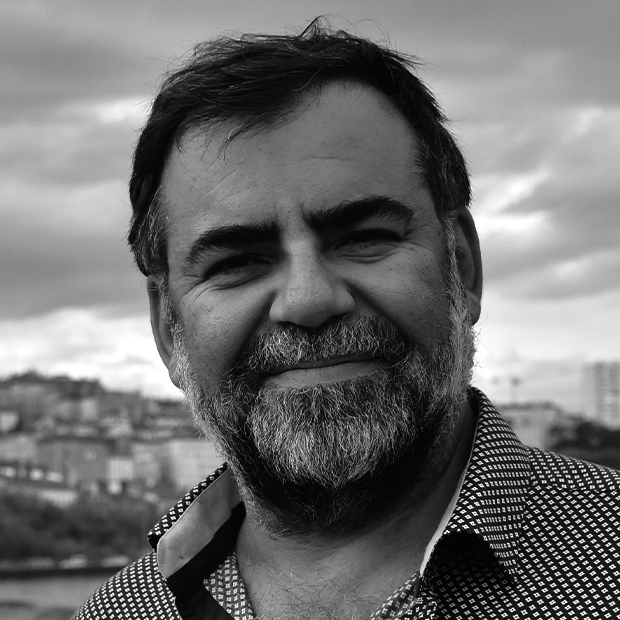
-
DAY
01The Application of artificial intelligence in humanitarian and development contexts
Cristina Pombo
Principal Advisor, Social Sector Inter-American Development Bank (IADB)
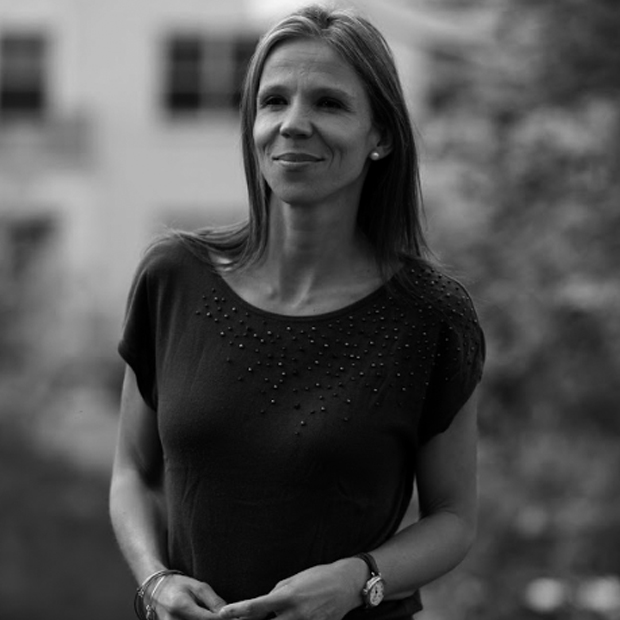
-
DAY
01The Application of artificial intelligence in humanitarian and development contexts
emmanuel letouze
Director and Co-founder of Data-Pop Alliance

-
DAY
01The Application of artificial intelligence in humanitarian and development contexts
Richard Benjamins
Head of AI and Phone Data Strategy Spain

-
DAY
01The Application of artificial intelligence in humanitarian and development contexts
Thomas Smallwood
Knowledge Centre Manager Flowminder
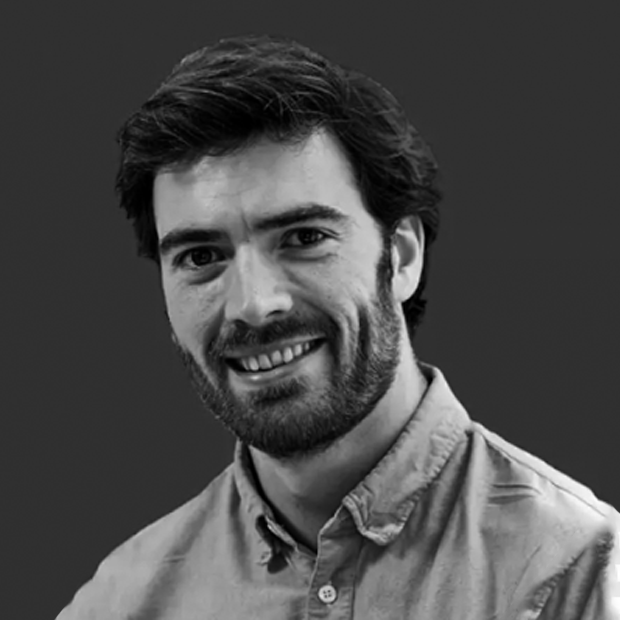
-
DAY
01The Application of artificial intelligence in humanitarian and development contexts
Ferda Ofli
Senior Scientist Qatar Computing Research Institute
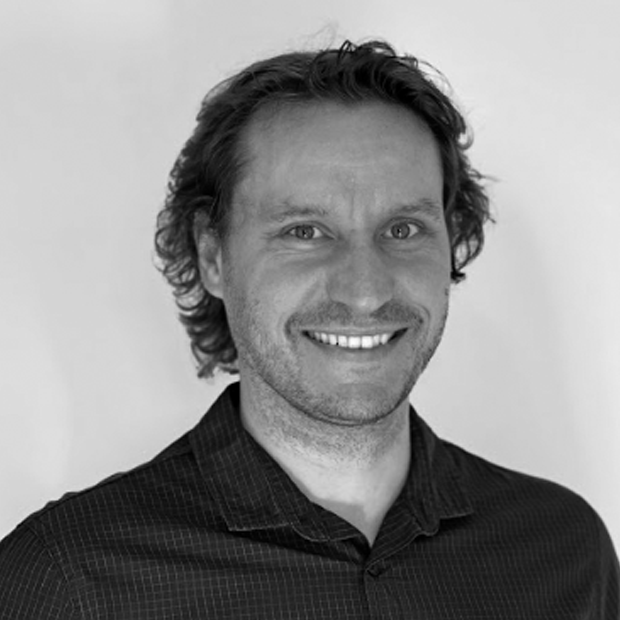
Day 01, was opened by Ricardo Baeza Yates, who spoke about the ethical challenges of artificial intelligence, relating to the fact that algorithms are not ethical by themselves but by those who develop or are behind them. The negative and positive biases that algorithms and information have, are encoded in our environment. Nevertheless, for algorithms to be ethical, they must incorporate the following properties: a) knowledge, b) access and repair, c) accountability, d) explanation, testing. e) data provenance, f) audibility, and g) validation and testing.
Afterward, Cristina Pombo, Emmanuel Letouzé and Richard Benjamins discussed the following question: Does artificial intelligence technology reduce humanitarian crises or generate them?Overall, the speakers concluded that artificial intelligence is of great help to governments in different contexts of natural disasters and Covid 19, reducing humanitarian crises. However, harnessing artificial intelligence raises several ethical problems that may undermine their adoption. The speakers suggested that principles and regulations need to be established around its design, use, and implementation to meet the specifics of each country. Also, a mixed ethical committee should be created to evaluate the ethics and risks of using AI and training on the subject for all data handlers.
Finally, Tom Smallwood and Ferda Ofli debated the use of cell phone data in responding to humanitarian crises. The arguments presented revolved around the fact that mobile data yields relevant information about people's behavior, allowing them to be monitored in emergency events and provide a response within the first 48 to 72 hours.
-
DAY
02Potential uses of techniques and tools for information management in humanitarian crises
Pia FauStino
Thinking Machines

-
DAY
02Potential uses of techniques and tools for information management in humanitarian crises
Federico Bayle
Dymaxion Labs:

-
DAY
02Potential uses of techniques and tools for information management in humanitarian crises
Catherine Barker /Mercedes Fogarassy
RIWI
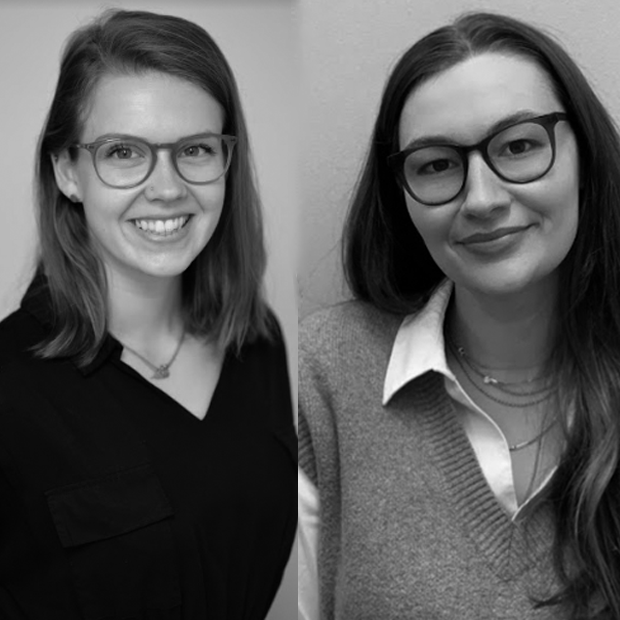
-
DAY
02Potential uses of techniques and tools for information management in humanitarian crises
david hammel
Founder & CEO Balcony.io
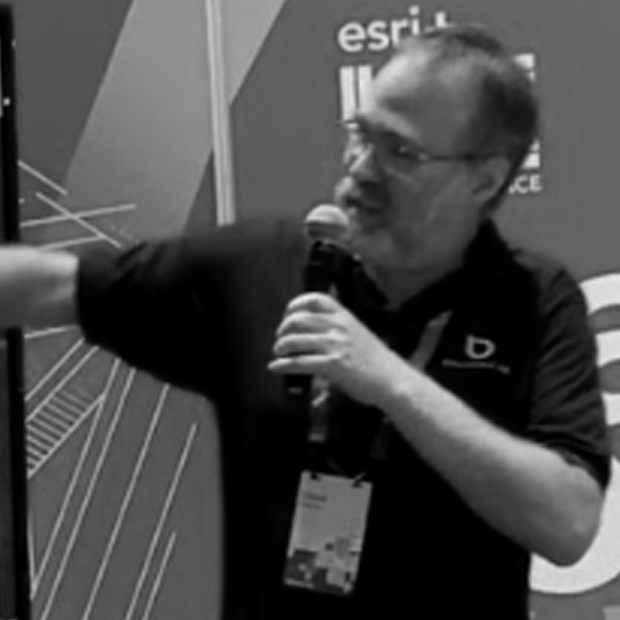
-
DAY
02Potential uses of techniques and tools for information management in humanitarian crises
jenny shapiro
Global Health and Development Premise Data
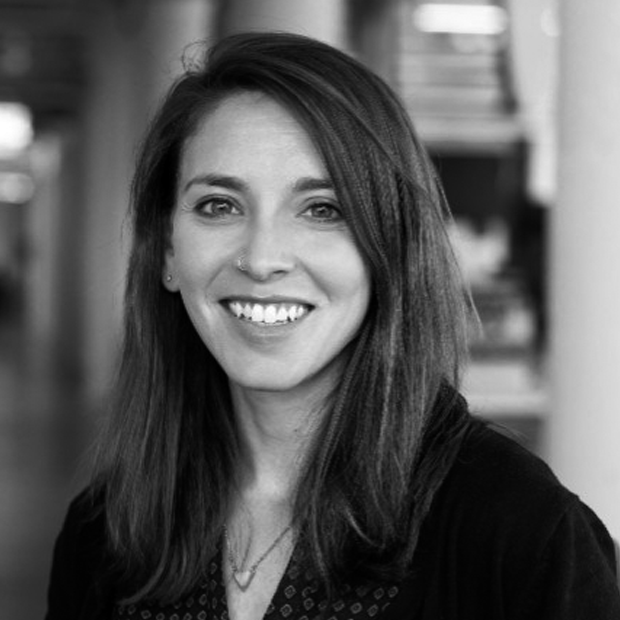
-
DAY
02Potential uses of techniques and tools for information management in humanitarian crises
Enrique García
Managing Partner DignifAI
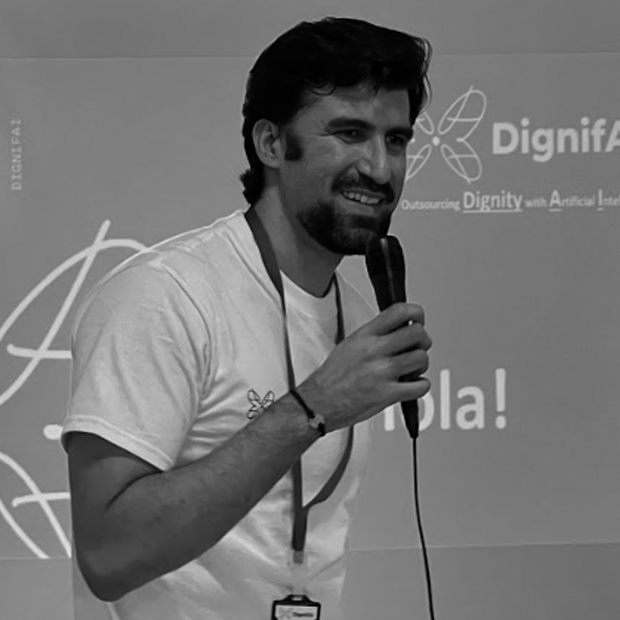
-
DAY
02Potential uses of techniques and tools for information management in humanitarian crises
Krissy Holst / Brook Kaylor
Primer ai

-
DAY
02Potential uses of techniques and tools for information management in humanitarian crises
José Cobos Romero / Ximena Contla
Data Friendly Space DEEP

On day 02, Pia Faustino kicked off the event by speaking about techniques and tools for information management. Her argument focused on the three lessons learned during the Covid-19 pandemic. The first entailed the transformation of information in real-time, which involved the construction of a "warehouse", the automation of previously manual processes, and training on tools such as SQL databases—enhancing digital processes. The second was that people who manage the information must use tools other than Excel and Stata to handle large volumes of data. This transition period requires 1 or 2 months and the participation of those who collect, code, and analyze information and make decisions. The last lesson referred to building trust for decision-making, meaning people must be sent to the field to validate the information.
During the second part of the day, the panel discussed: How to manage information in humanitarian crises? The panel included the participation of different organizations such as Dymaxion Labs, which uses satellite imagery, geospatial data, machine learning, and computer vision techniques to extract knowledge to help organizations make decisions, optimizing time and costs. One of the examples used was the AP LATAM Project, which mapped and generated an updated registry of informal settlements in Latin America. The first census of informal settlements in Tegucigalpa, Honduras. Another example shared by Dymaxion Labs, was the 2017-2018 drought in Argentina. Thanks to the comparison of satellite images and open codes, it was possible to verify that the drought caused lower production amongst small producers, which impacted GDP and led to fewer neighborhood resources.
RIWI, an organization that provides global trend tracking, predictive technology, and access to people's opinions through random domain intercept technology obtained from surveys that users answer anonymously on the web, also participated. Indeed, the data obtained is more accurate, secure, and reliable in sensitive contexts and is collected in all world regions, even in closed and restricted environments. However, the way the data is collected creates certain limitations; for example, it cannot be tracked since the information is anonymous, and the questions must be limited and specific for people to answer. This type of technology has been of great help during the Ukraine-Russia War. The Ukrainian population reported their intention to migrate, allowing the impact to be assessed and decisions to be made on interventions.
Likewise, PREMISE is a platform that obtains information on humanitarian contexts through surveys and allows mapping or validation of infrastructures, monitoring needs assessments, and collecting accountability from affected populations. They handle four categories of data collection according to the type of task and its level: a) surveys that can be filled out from home; b) direct self-observation through photos, locations, and surveys; c) direct observation at specific points through photos, locations and surveys; and d) direct interviews with people, including photos and locations. This platform has validated settlements located through satellite imagery in Nigeria and Colombia. Moreover, it has been deployed during the Ukraine-Russia War, to monitor and compare the prices of food and medical supplies and the availability of food in the markets compared to the previous year, 2021.
BALCONY was another participating organization, a platform designed to support the life cycle of an event in real-time. It filters and verifies all the information, creates an alert, takes action, and confirms results. To do so, it combines messaging with locations, empowering the flow of critical information, which is very useful for decision-makers because they can understand situations, find data and deploy a timely response. One of the advantages of this platform is that the information can be collected and stored offline until there is an internet connection to upload it.
Also, DignifAI, a company that offers Machine Learning (ML) and natural language modeling services through the generation of income opportunities for the Venezuelan migrant population and additionally generates a social impact by tagging, training, and capturing information, participated in the event and explained the four steps to follow to define the model: 1) identify goals; 2) identify the data to be found; 3) develop the model or code; and 4) training of the supervised and unsupervised model. The operation of this company consists of receiving the raw data, cleaning it, applying quality control tools, and returning the information to the client.
Likewise, PRIMER is a natural language processing company whose mission is to close language gaps. One of their tools is Primer Command, an application that processes information obtained from different sources such as social networks and news to identify and classify people, organizations, and locations of interest due to an emergency or specific situation. The tool harnesses different models; for example, some understand human concepts such as corruption and diplomacy, whilst others handle humanitarian categories, such as the number of volunteers or donations for a specific emergency. Notably, it collects information in 100 languages. Still, one model translates it into English, but the model will be able to translate to other languages in the future.
Furthermore, the Data Exploration and Entry Platform (DEEP) offers a set of collaborative tools and workflows that meet the needs of collecting, storing, and structuring data and qualitative information. It is built with artificial intelligence and is helpful for monitoring, analyzing, and supporting decision-making in the humanitarian field. It is the largest repository of humanitarian information because it handles tags that quickly classify texts. For example, it recently analyzed 10,000 documents from 22 countries in Latin America and the Caribbean, of which 3,100 documents on the humanitarian situation were tagged.
Finally, during the day, different questions were raised by the public, which are highlighted below:
By creating partnerships with organizations with expertise in Machine Learning. Also, they can contact data science volunteers, who can support the development of algorithms to support a specific need.
RIWI: Tries to create representative samples of all countries, and the representativeness is very good. They do not contain personal information and user identification, and are voluntary. RIWI does not operate with incentives.
Balcony: Where WhatsApp works, Balcony works. A smartphone is necessary to send the location, although there is an offline mode for collecting information that can then be reported when there is an internet connection.
Premise:There is a team for overseeing the representation of different population groups. A smartphone is needed. There are ways to reach rural populations, such as asking contributors to support this work.
RIWI: Artificial intelligence is used to identify results, the data is also compared with available data to validate it.
PREMISE: Filters reviews, response speed, GPS detection, and if it is the same person, they also have a baseline and user groups to see if they have been restricted and whether the information should be discarded.
BALCONY:Has technical tools to identify sources of information and compare them. Also, upon identifying data that does not have any support, a message can be sent to verify it with other users.
Satellite images from the past are analyzed to identify new settlements and their growth. Likewise, satellite images are analyzed to see where settlements are expanding. Climate monitoring is used to analyze whether a settlement is forming in places of high flood risk or near rivers.
Dymaxion Labs:There are three types of sensors: public, commercial and military; the latter are not accessible to the public. The organization uses commercial images that, although they have resolution limitations, are protected, and the people’s faces or specific objects are hidden for privacy. It is essential to work with anonymized data. No personal data is required, only the polygon that encompasses the entire settlement.
It is possible to estimate crop yields by making comparisons with previous years. Indicators such as climatic changes and crop yields are analyzed year by year to compare the results, so estimates can be made by taking into account the trend of crop yields versus other years, with this information food prices could be directly inferred.
DignifAI: Training teams on tagging issues and seek specialists to interpret and select the information.
PRIMER: Training models to work as expected and evaluate the information. This is related to the existence of a model that identifies suspicious or false information and another model that identifies Twitter accounts that are robots.
DEEP: The quality of the data is good. The group of taggers have worked in these areas and are well trained. Also, models are created that can then be trained by the humanitarian sector.
DEEP: Only English, Spanish, and French have been tested. There are problems with Russian, but work is in progress for language changes.
PRIMER:Has models for over 100 languages, e.g., Arabic, Chinese and Russian.
DignifAI: There are teams of translators and clients to do translations from English to Spanish or Portuguese.
-
DAY
03Harnessing new technologies and algorithms to serve the humanitarian community
Patricio Vinck
Havard Humanitarian Initiative (HHI)
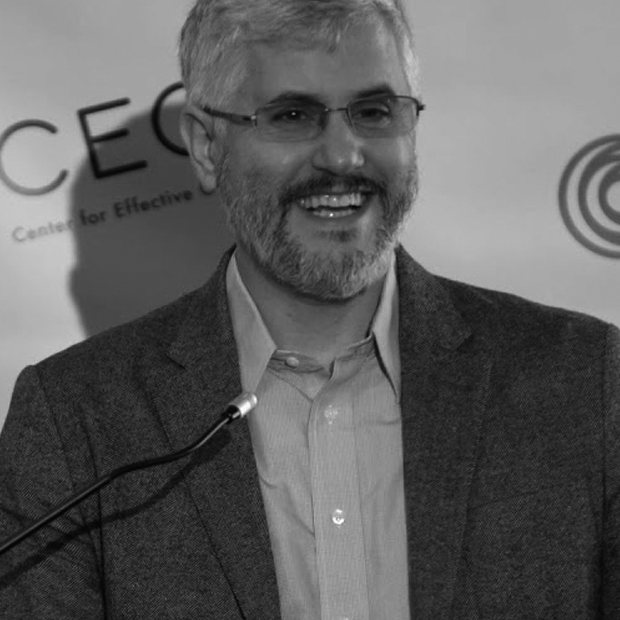
-
DAY
03Harnessing new technologies and algorithms to serve the humanitarian community
Esteban Moro
Visiting Professor - MIT Media Lab - Carlos III

-
DAY
03Harnessing new technologies and algorithms to serve the humanitarian community
Javier Teran
Statistician - Team Lead Data Partnerships HDX
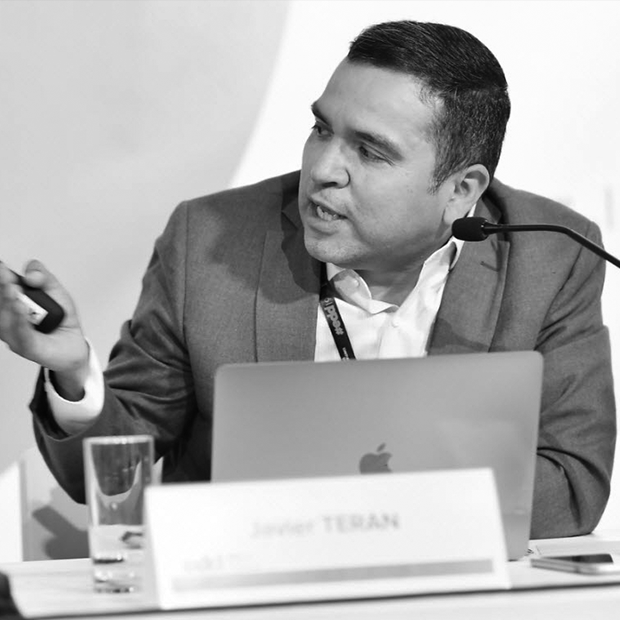
Day 03, began with a talk regarding lessons learned in harnessing new technologies by Patrick Vince and Phuong Pham from the Harvard Humanitarian Initiative. They spoke in depth about the opportunities that technology provides for humanitarian actors to save time and money, as well as the challenges it presents. Firstly, many technological tools cannot be applied in difficult environments due to electricity and connectivity; secondly, there is a need for a regulatory and ethical framework for the use of technology. Other challenges to overcome include digital literacy and the need to strengthen the analysis of the use of technology beyond having blind faith in its use, and to strengthen interaction with communities to better address their needs, as well as the need to decentralize technology, instilling knowledge of the cycle of use and ensuring the adoption of validated tools.
Esteban Moro gave the second talk, a professor at the MIT Media Lab, who spoke about segregation, inequality and harnessing cell phone data in the humanitarian sector. He emphasized the importance of the Smartphone as a source of data for scientists, as the GPS and Bluetooth functions provide information on the location of a population, providing insights into the location of migrations and humanitarian situations. Every time a person makes a call, the cell phone connects to an antenna that yields a georeferencing with an accuracy of 100 km in very rural areas. This technology has been applied in different contexts; for example, the MIT Media Lab monitors people in various places in Spain using social networks, from which a model was developed that was able to predict different jobs, providing information on the informal economy.
Similarly, in the context of the pandemic, the location of people and their behavior was used to map contacts and contact networks to determine the possibilities of contagion and thus be able to mobilize anti-pandemic strategies; it could also identify the places at the highest risk of infection. Finally, Moro stressed the need to manage data ethically and guarantee privacy to be more sustainable.
He also mentioned that using information and communication technologies can lead to biases and differentiations, most of which are based on demographics such as age, income, and race. Segregation makes it possible to draw distinctions and conduct studies; for example, different demographic groups have different levels of ICT penetration and use. Also, concerning poverty, work is being done on a project on segregation in developing countries and its implications. For this, the 'inequality Atlas' was created to map these sites and identify how diverse and/or unequal they are.
The closing talk on:Responsible management of data use and technologies for decision-making in the humanitarian context was given by Javier Theran, who is part of the Humanitarian Data Center. The center manages four workflows: a) HDX an open platform where key information is found to provide answers, drawing on more than 50 types of information and data. Likewise, a platform was created that contains diverse information on COVID -19, such as a) the distribution of impact on gender and the number of vaccines, among others; b) managing data-use responsibly, since it is important to be ethical when collecting and storing data; c) literacy; and d) anticipatory analysis.
Finally, over the course of the day, different questions were raised by the audience which are highlighted below:
Interviewers should be trained to record information verbatim as they are our eyes and ears in the field. Also, interviewers can create a voice recording while the Kobo interview is being conducted to ensure that the information is transcribed correctly.
It is a challenge because KoBo is open source, and the idea is to improve the quality of the data used to make decisions. The next thing is to ensure that we can capture a quantitative heterogeneous method by strengthening its depth and processing. To interact with communities on a conversational and natural level, not externally as it is currently done. It should be a dialogue that can strengthen the relationship between humanitarians and communities. We are working on improving the tool, for example, adapting it for use in Ukraine and implementing cybersecurity features.
This is emerging, it doesn't necessarily give us the desired results, but I can tell you that getting feedback from the community on, for example, the Ebola response was difficult to do quantitatively. I have seen very often the analysis of feelings and emotions. Some express satisfaction or other concern and give a sense of what is going on. Natural language processing helps you process that information faster than other means, and that is what we are trying to achieve and that can be applied to any environment.
The main one is to review your information and look at whether you actually need more information. There are valuable efforts in humanitarian information exchange where we need to use better what already exists and verify what we need to collect. And before you collect data, ask yourself how are we going to use the data, that you have processes in place so that the data collection is actually helpful. A lot of data is collected and not used or is only used for diagnostic purposes, but it does not improve the work in the field.
Donors are working to strengthen the skills and knowledge of partners to reduce this gap. Likewise, the United Nations must play its part.
We must have high ethical standards when handling information. The handling of ICT must be done with respect and ethics. There are clear ethical humanitarian principles established on bioethics for example, and they transfer to the humanitarian field. How can we work on this? Some humanitarian actors have no ethical experience. So, a call is that we must be ethical with technology in humanitarian environments and, above all, in the implementation.
We have partnerships with companies that have connections and access to data. We have options to contact companies that always have this data. We want to make models that allow us to do continuous studies, so we need to work with companies that will enable us to use these types of data.
The group has worked on two migrant problems with the help of cell phone data. One context: Syrian migration to Turkey and Venezuelan migration in Colombia. One aspect that the question points out is that we do not have MNO data beforehand (neither Syrian nor Turkey). But there are methods when a person has a cell phone we can detect if he/she is a migrant because migrants have different mobility patterns and different interrelationships with people in the receiving country and amongst themselves. In the case of migrants in Colombia, it is easy to detect this context, and also to see interventions around the border, which areas receive more migrants.
The data grid is updated depending on the situation. COVID is updated every day, as is the crisis in Ukraine, refugees or migrants. Harm to civilians every day. It depends on the indicator of the type of data.
There are many challenges finding updated data on the transport system and access to humanitarian aid. We have no information on food security or where the transportation networks are, how practical it is, and what type of vehicle can enter to deliver food aid. There is also no information on densely populated places nor on the location of airports in Colombia.
The information is often sensitive, and cannot be shared. Other factors include the last population census, conducted more than ten years ago, the conflict that hinders contact with people when conducting surverys, blocking the availability of data. ICT could help with satellite imagery and telephone records.
Sometimes it is difficult to find the information because it is so dense. HDX created data grids to help users look at the basic data, but the 27 categories will be revised, perhaps changing them to country level, and adding country-specific indicators.
There is historical data on climate, rainfall, elevation records, and population mobility. This information is put together under a randomized algorithm that allows us to determine the probability of a flood, for example, and then generate an alert. Using this information, we work with partners to determine the likelihood of a region being flooded. If there is a certain probability, an alert is generated by the United Nations agency OCHA and resources are allocated to mitigate the effects in this region. Everything is based on data and probabilities made to mitigate the impact.
